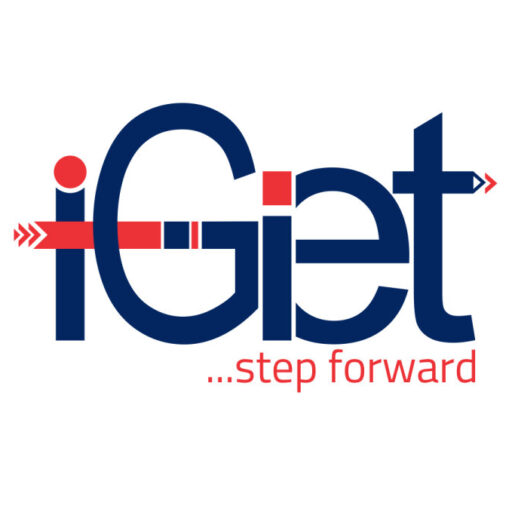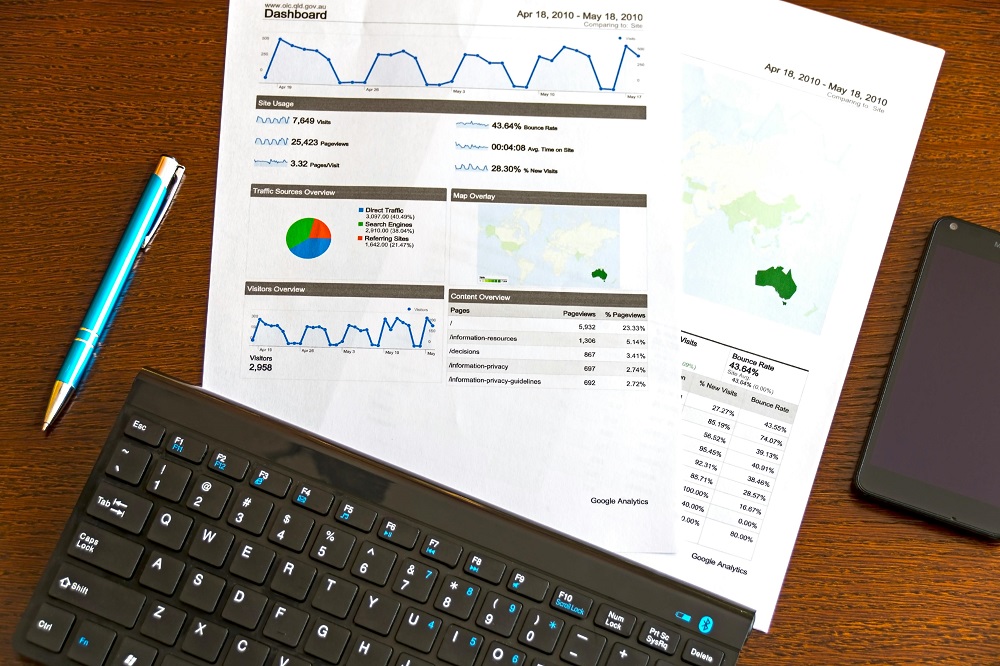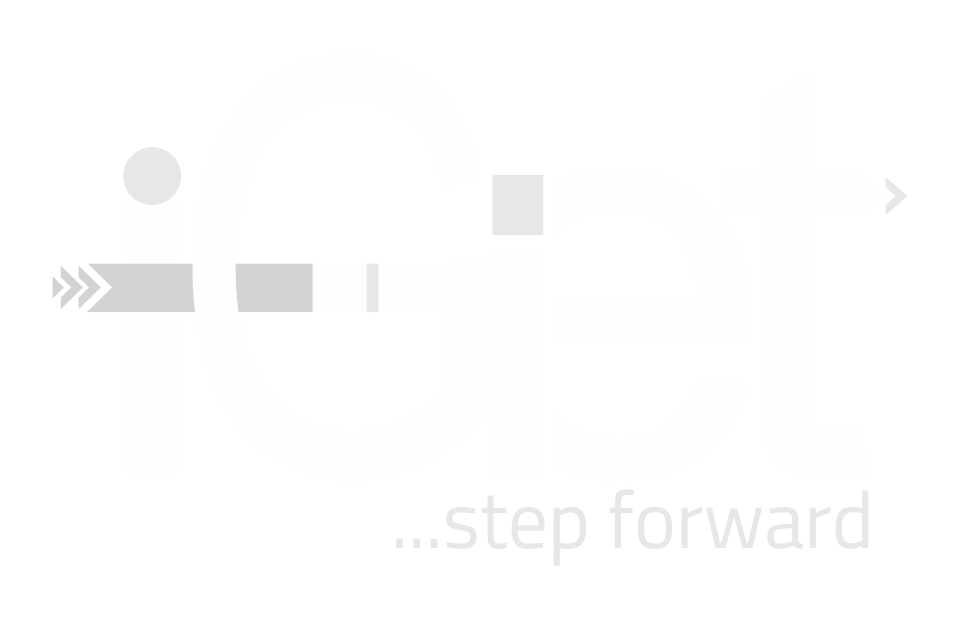Data Analytics: Unlocking Business Growth with Data-Driven Insights
Data Analytics: Unlocking Business Growth with Data-Driven Insights
In today’s fast-paced digital world, data is the new gold—but only businesses that know how to analyze and interpret it can unlock its full value. Data analytics transforms raw data into actionable insights that drive smarter decisions, optimize operations, and enhance customer experiences.
What is Data Analytics?
- Improve decision-making
- Identify growth opportunities
- Enhance customer experiences
- Reduce risks and inefficiencies
Types of Data Analytics
- Descriptive Analytics – Answers “What happened?” by summarizing past data.
- Diagnostic Analytics – Answers “Why did it happen?” by finding patterns and relationships.
- Predictive Analytics – Answers “What will happen next?” using AI and machine learning.
- Prescriptive Analytics – Answers “What should we do?” by recommending data-driven actions.
Why Data Analytics is Crucial for Businesses
- Better Decision-Making – Use real-time insights to make informed strategic choices.
- Enhanced Customer Experience – Personalize services based on customer behavior.
- Operational Efficiency – Optimize processes to reduce costs and improve productivity.
- Competitive Advantage – Stay ahead by identifying market trends before competitors.
- Fraud Detection & Risk Management – Use AI-powered analytics to detect anomalies and prevent financial losses.
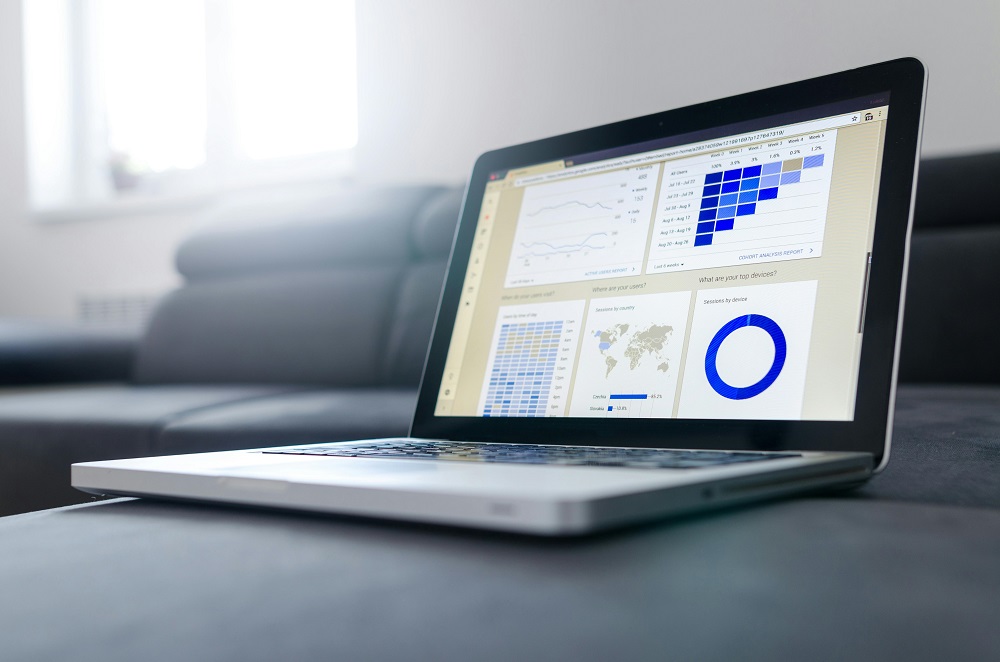
Data Analytics in Action: Industry Use Cases
- Retail & E-Commerce: Predict customer preferences and optimize inventory.
- Banking & Finance: Detect fraud and personalize financial services.
- Healthcare: Improve patient care through predictive analytics.
- Manufacturing & Supply Chain: Enhance demand forecasting and logistics.
- Telecommunications: Improve network performance and customer retention.
Ready to Leverage Data Analytics?
Need data-driven insights for your business? Let’s talk!
Web3: The Future of a Decentralized Internet
Web3: The Future of a Decentralized Internet
The internet is evolving, and Web3 is at the center of this transformation. Unlike traditional web systems controlled by centralized authorities, Web3 is built on blockchain technology, offering a decentralized, transparent, and secure digital experience. But what exactly is Web3, and how will it shape the future?
What is Web3?
Blockchain Technology – Ensures transparency, security, and decentralization.
Cryptocurrencies & Smart Contracts – Enable automated, trustless transactions.
Decentralized Applications (DApps) – Apps that run on peer-to-peer networks without a central authority.
NFTs & Digital Ownership – Allow users to own digital assets in a verifiable way.
How Web3 is Different from Web2
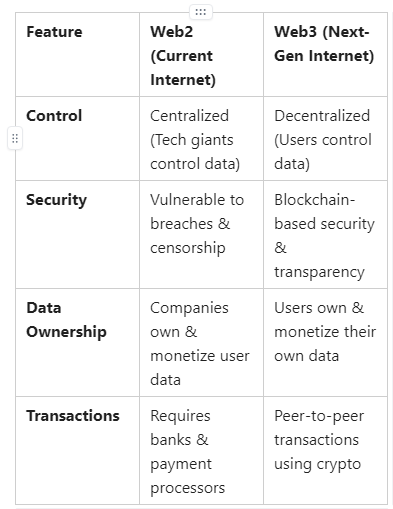
Benefits of Web3 for Businesses & Individuals
Web3 Use Cases Across Industries
Finance (DeFi): Decentralized lending, borrowing, and trading without banks.
Art & Entertainment: NFTs allow artists to sell digital art with proof of ownership.
E-Commerce: Crypto payments and blockchain-based supply chain tracking.
Gaming: Play-to-earn models give players real ownership of in-game assets.


The Future of Web3
Want to explore Web3 for your business? iGiet Technology can help you navigate this new era.
How Nigerian Businesses Can Protect Themselves from Cyber Threats in 2025
How Nigerian Businesses Can Protect Themselves from Cyber Threats in 2025
As Nigeria’s digital economy grows, so does the risk of cyber threats. From phishing attacks to ransomware, businesses face increasing dangers that could lead to data breaches, financial losses, and reputational damage. With cybercriminals becoming more sophisticated, how can Nigerian businesses stay secure in 2025?
The Growing Cybersecurity Threat in Nigeria
Recent reports show a rise in cyberattacks targeting businesses in Nigeria, with SMEs, financial institutions, and government agencies being the most vulnerable. Common threats include:
Key Cybersecurity Strategies for Nigerian Businesses
Strengthen Password Policies & Multi-Factor Authentication (MFA)
- Enforce strong, unique passwords for all accounts.
- Implement MFA to add an extra layer of security.
- Regularly update login credentials.
Invest in Cybersecurity Training for Employees
- Educate staff on how to spot phishing emails and suspicious links.
- Conduct regular security awareness programs to minimize human errors.
- Implement strict access controls to limit exposure to sensitive data.
Secure Your Network & Devices
- Use firewalls, VPNs, and endpoint protection to secure company networks.
- Ensure all software and systems are regularly updated to fix vulnerabilities.
- Encrypt sensitive data to prevent unauthorized access.
Backup Critical Data & Implement Disaster Recovery Plans
- Perform automated backups to secure cloud storage or offline locations.
- Test recovery processes to ensure business continuity in case of cyberattacks.
- Have a clear incident response plan to react quickly to breaches.
Work with Cybersecurity Experts
- Hire cybersecurity consultants to assess risks and build a defense strategy.
- Conduct regular security audits to identify vulnerabilities.
- Use AI-powered security solutions to detect and prevent threats in real-time.


Future of Cybersecurity in Nigeria
Is your business protected from cyber threats? Let’s help you stay ahead!
Cloud Computing vs. On-Premise IT: Which is Right for Your Business?
Cloud Computing vs. On-Premise IT: Which is Right for Your Business?
Technology is at the core of modern business operations, but choosing the right infrastructure—cloud computing or on-premise IT—can be challenging. Both have their advantages and drawbacks, making it crucial to assess which aligns best with your business needs.
What is Cloud Computing?
Pros of Cloud Computing:
Cons of Cloud Computing:
What is On-Premise IT?
On-premise IT means owning and managing physical servers and infrastructure within a company’s premises. This setup offers greater control over data and security but requires a larger upfront investment.
Pros of On-Premise IT:
Cons of On-Premise IT:

Cloud vs. On-Premise: Which Should You Choose?
On-premise IT means owning and managing physical servers and infrastructure within a company’s premises. This setup offers greater control over data and security but requires a larger upfront investment.
Pros of On-Premise IT:
Cons of On-Premise IT:

Cloud vs. On-Premise: Which Should You Choose?

Making the Right Choice for Your Business
Pros of On-Premise IT
Need help deciding? iGiet Technology can assess your IT needs and recommend the best solution.
The Role of AI in Government Decision-Making
The Role of AI in Public Sector Decision-Making
Artificial Intelligence (AI) is revolutionizing how governments make decisions, improving efficiency, transparency, and public service delivery. From data-driven policymaking to automated citizen services, AI is transforming governance in Nigeria and across Africa.
How AI is Transforming the Public Sector
1. Data-Driven Policy Making
2. AI-Powered Public Services & Chatbots
3. Predictive Analytics for National Security
4. AI in Healthcare Policy & Public Health
5. AI for Smart Infrastructure & Traffic Management
Challenges of AI Adoption in Government
- Data Privacy & Security Risks – AI systems handle sensitive public data that must be protected.
- Bias in AI Algorithms – Poorly trained AI models can lead to unfair policies.
- High Implementation Costs – AI systems require investment in infrastructure and skilled personnel.
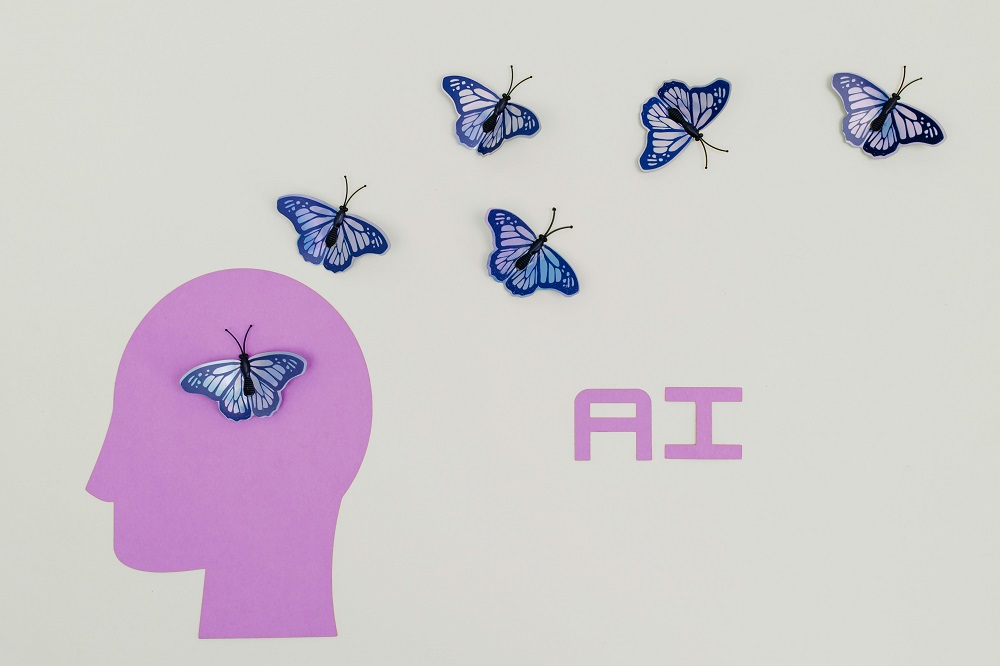

The Future of AI in Public Sector Governance
Is your organization ready for AI-driven transformation?
The Future of Smart Cities in Africa
The Future of Smart Cities in Africa: How Technology is Driving Urban Development
As Africa’s population continues to grow rapidly, urban areas face increasing pressure to provide efficient infrastructure, services, and sustainable living conditions. To tackle these challenges, smart cities are emerging across the continent, integrating technology and data-driven solutions to enhance urban life.
What Are Smart Cities?
- Internet of Things (IoT) & Big Data
- Smart sensors monitor traffic, water usage, and energy consumption.
- Data analytics help optimize city services and predict infrastructure needs.
- Artificial Intelligence (AI) & Automation
- AI-driven urban planning optimizes land use and infrastructure development.
- Automated traffic control reduces congestion and improves transportation.
- Renewable Energy & Smart Grids
- Solar-powered smart grids ensure energy efficiency and reduce dependency on fossil fuels.
- Off-grid solar solutions provide electricity to underserved communities.
- 5G & Connectivity
- High-speed internet improves access to education, healthcare, and e-government services.
- Reliable connectivity supports smart infrastructure and IoT networks.
- Digital Payments & Fintech
- Mobile money and blockchain solutions facilitate seamless transactions.
- Digital financial inclusion enables businesses to thrive in smart city economies.


Get Specific
A useful tool for narrowing down your goals to ensure they’re viable is the SMART mnemonic. It’s important to get specific to understand exactly what you’re working towards, and help you break down the process of hitting your targets. This is exactly what this mnemonic helps you to achieve.
- Does the channel reach my intended audience?
- Is the channel sustainable and affordable within my company’s marketing budget?
- Will I be able to measure the success of the channel?
- Does the channel allow me to express my brand’s intended message?
- Do the channels I’m considering work together to convey my message?


